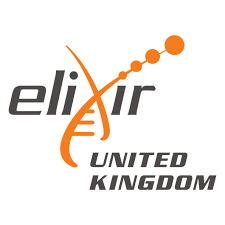GtoPdb is requesting financial support from commercial users. Please see our sustainability page for more information.
A22: Presenilin C
Unless otherwise stated all data on this page refer to the human proteins. Gene information is provided for human (Hs), mouse (Mm) and rat (Rn).
Overview
Presenilin (PS)-1 or -2 act as the catalytic component/essential co-factor of the γ-secretase complex responsible for the final carboxy-terminal cleavage of amyloid precursor protein (APP) [6] in the generation of amyloid beta (Aβ) [1,11]. Given that the accumulation and aggregation of Aβ in the brain is pivotal in the development of Alzheimer's disease (AD), inhibition of PS activity is one mechanism being investigated as a therapeutic option for AD [5]. Several small molecule inhibitors of PS-1 have been investigated, with some reaching early clinical trials, but none have been formally approved. Dewji et al. (2015) have reported that small peptide fragments of human PS-1 can significantly inhibit Aβ production (total Aβ, Aβ40 and Aβ42) both in vitro and when infused in to the brains of APP transgenic mice [4]. The most active small peptides in this report were P4 [PMID: 25923432] and P8 [PMID: 25923432], from the amino-terminal domain of PS-1.
Enzymes
|
presenilin 1
Show summary »
More detailed page |
|
presenilin 2
Show summary »
More detailed page |
How to cite this family page
Database page citation:
A22: Presenilin. Accessed on 09/11/2025. IUPHAR/BPS Guide to PHARMACOLOGY, http://www.guidetopharmacology.org/GRAC/FamilyDisplayForward?familyId=727.
Concise Guide to PHARMACOLOGY citation:
Alexander SPH, Fabbro D, Kelly E, Mathie AA, Peters JA, Veale EL, Armstrong JF, Faccenda E, Harding SD, Davies JA et al. (2023) The Concise Guide to PHARMACOLOGY 2023/24: Enzymes. Br J Pharmacol. 180 Suppl 2:S289-373.








